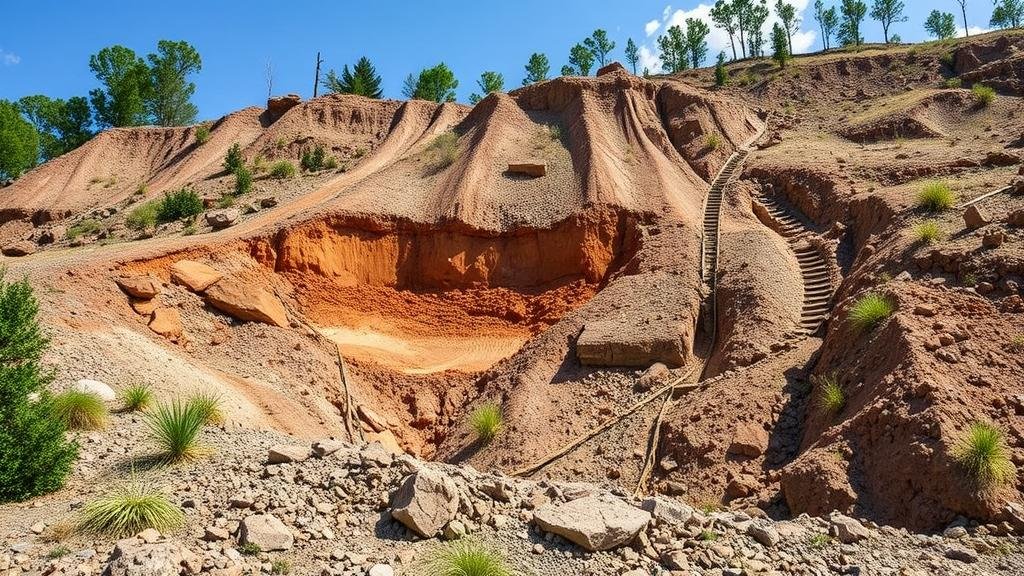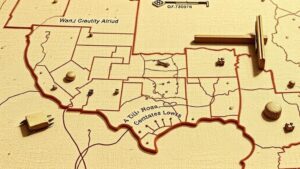Spotting Loose Rock Traps Designed to Trigger Landslides or Collapses
Spotting Loose Rock Traps Designed to Trigger Landslides or Collapses
Landslides are amongst the most destructive geological phenomena, often triggered by the instability of rock formations and soil. One significant factor that can lead to landslides is the accumulation of loose rocks in unstable environments. Understanding how to identify these loose rock traps is crucial for geologists, civil engineers, and environmental scientists, as well as for communities at risk. This article delves into the characteristics of loose rock traps, their triggering mechanisms, and suitable preventive measures.
Understanding Loose Rock Traps
Loose rock traps refer to geological formations where materials like rocks, gravel, or other debris are at risk of dislodgment, particularly in weathered and fractured terrain. They can be found in various environments, including mountainous regions, steep slopes, and areas prone to frequent seismic activity.
These traps usually form under specific conditions which can be summarized as follows:
- Weathering: Natural weathering processes can cause rocks to fracture and become loose.
- Hydrological Factors: Water saturation from rainfall or melting snow can destabilize rock formations.
- Seismic Activity: Earthquakes can disrupt previously stable rock formations, leading to potential collapse.
Indicators of Loose Rock Stability
Spotting loose rock traps involves recognizing certain indicators or warning signs. Engineers and geologists employ the following techniques:
- Visual Inspection: Look for cracks, fissures, or prominent boulders that lack support from surrounding soil.
- Geological Mapping: Detailed maps can reveal structurally weak areas within a landscape.
- Monitoring Movements: Instruments to detect minute shifts in rock can provide real-time data indicating instability.
Case Studies of Landslides Triggered by Loose Rock Traps
Several major landslides around the world highlight the catastrophic potential of these loose rock traps:
- 1996 Oakley Landslide, USA: This landslide resulted from a combination of loose material and heavy rainfall, leading to the displacement of thousands of cubic meters of rock.
- 2014 Oso Landslide, Washington, USA: Triggered by previous land use and heavy rain, the Oso event displaced large volumes of rock and debris, resulting in significant loss of life and property.
In both cases, close examination of the geological conditions leading up to the landslide could have identified loose rock traps, possibly preventing the disastrous outcomes.
Mitigation and Prevention Strategies
Mitigating the risks associated with loose rock traps requires a multifaceted approach:
- Engineering Solutions: Constructs like retaining walls, rock bolts, or mesh netting can stabilize loose rocks and prevent them from failing.
- Environmental Management: Proper land use planning can minimize human-induced factors that destabilize rock, such as deforestation or overbuilding.
- Public Awareness: Educational campaigns can inform at-risk populations about recognizing signs of rock instability.
Conclusion: Actionable Takeaways
Identifying loose rock traps is not just about recognizing the signs and environmental factors; it is instrumental in preventing the potentially catastrophic effects of landslides. Professionals should consistently apply geological analyses and engineering principles to monitor, maintain, and mitigate these risks.
By prioritizing preventative measures and fostering community awareness around rock stability, we can significantly reduce the likelihood of devastating landslides. The goal is to achieve a balance between natural processes and human safety, creating a resilient future for at-risk landscapes.



